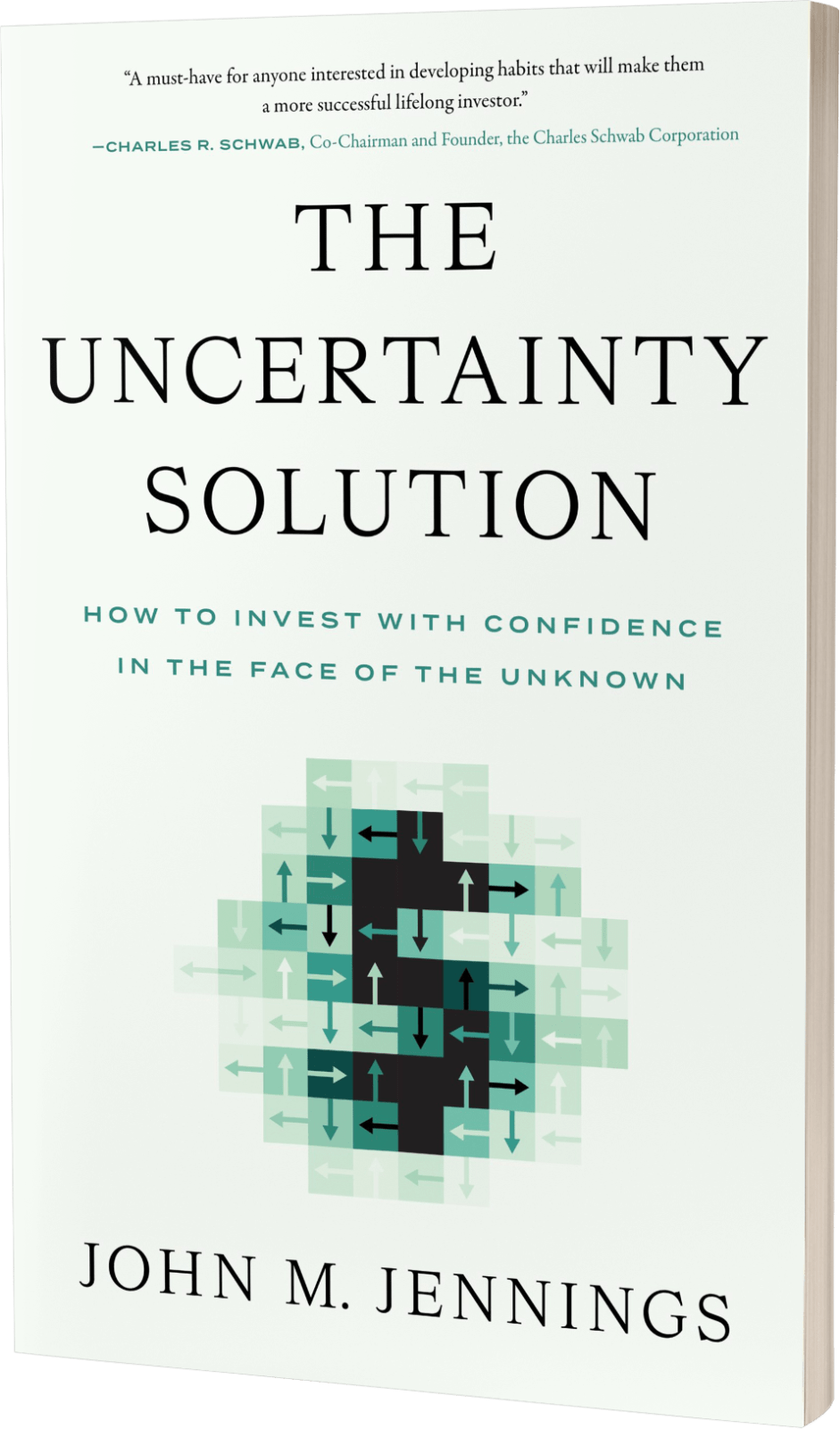
Andrew Lawrence, a real estate analyst with Barclays Capital, created the “Skyscraper Index” in 1999. The Skyscraper Index is a theory that posits extremely tall skyscrapers are linked to the economic cycle and the completion of the world’s tallest building is a marker for a recession or economic crisis. The thinking is that very tall skyscrapers are the result of an economic boom – real estate demand is up, credit is cheap and the economy is doing well. The bigger the skyscraper, the bigger the boom. It takes years to build a large skyscraper so they are completed as the economic cycle tops and heads down into recession or crisis.
Examples:
- The Singer Building and Met Life Tower were finished around the time of the 1907 panic
- The Empire State Building was finished just as the Great Depression began
- The Sears Tower (now Willis Tower) was completed just as the U.S. experienced the oil embargo and sunk into stagflation
- The Petronas Towers in Malaysia were completed as the Asian Financial Crisis was beginning in 1998.
As much sense as the skyscraper seems to make – there are numerous exceptions and a paper from Rutgers University finds that there is no relation between skyscraper completion and economic downturns. But it’s a fun theory nonetheless.



0 Comments